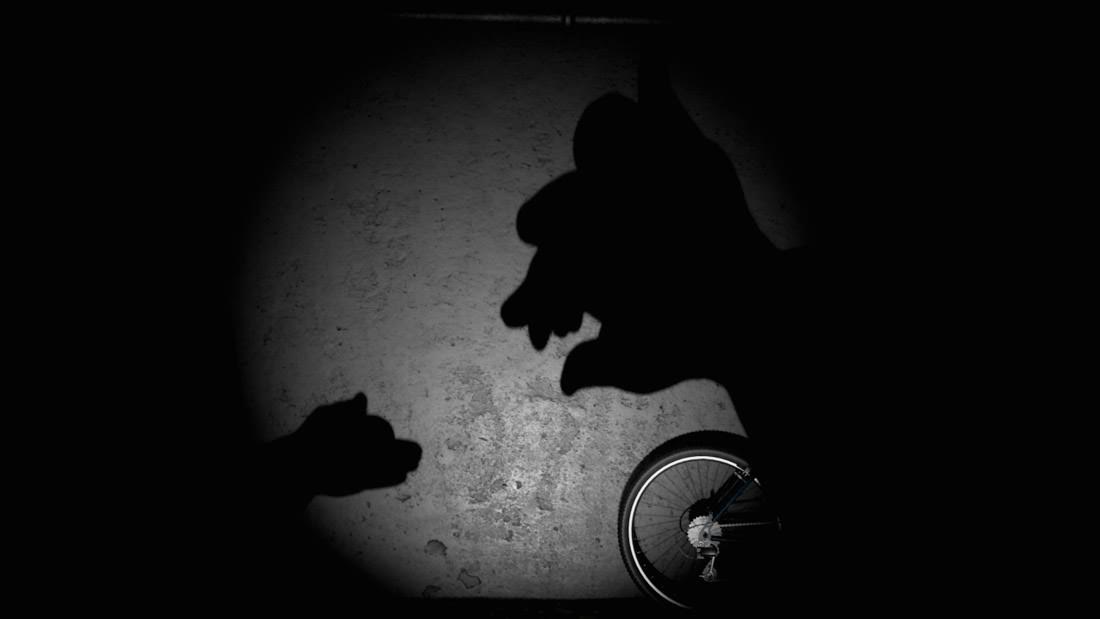 Milica Zec is a New York City-based film and virtual reality director. Raised in war-torn Serbia, Zec’s work is deeply rooted in issues of conflict, identity and the human struggle. Highlights of Zec’s directorial and writing work include the short film “Christina” (Cannes Film Festival 2012) and “Marina Abramovic Presents MACCOC” (Venice Biennale 2011).
Milica Zec is a New York City-based film and virtual reality director. Raised in war-torn Serbia, Zec’s work is deeply rooted in issues of conflict, identity and the human struggle. Highlights of Zec’s directorial and writing work include the short film “Christina” (Cannes Film Festival 2012) and “Marina Abramovic Presents MACCOC” (Venice Biennale 2011).
In addition to her own creative and client work, Zec has parlayed her artistic and personal experience into a nine-year collaboration with the performance artist Marina Abramovic. As Abramovic’s filmmaker, editor and video-installation designer, Zec worked on numerous projects for the artist, including MoMA’s “The Artist is Present” show and the successful Kickstarter fundraising campaign for the Marina Abramovic Institute, for which Zec directed and created ten videos. Zec’s work has appeared in The New York Times, MSNBC, Art Forum, The Huffington Post and many other media outlets. (Milica Zec’s official site)
"Giant" will premiere at the 2016 Sundance Film Festival on January 22.
W&H: Please give us your description of the film playing.
MZ: "Giant" is a virtual-reality short about a family trying to survive in an active war zone. The story draws from my personal experience, growing up in war-torn Serbia. It’s based around an American family: two parents and their six-year-old daughter. They hide in their basement as a fury of bombs approaches outside. To protect their daughter from understanding the imminent danger they face, the parents fabricate a tale about a giant who wants to play with her and whose footsteps are the loud explosions they hear approaching.
W&H: What drew you to this story?
MZ: The story symbolically represents the experience of what my family and I went through in Serbia during the ‘90s, which culminated in the bombing of the country in 1999. The scriptwriter, Lizzie Donahue, and I changed the nationality of the family from Serbian to American.
Since we live in times of constant war, I wanted to show the world what it’s actually like to be a child trapped at the epicenter of an active battle. So often, we experience war atrocities merely as a fleeting headline. Virtual reality allows the viewer to feel approximately what it’s like to be trapped in that terrifying situation — to witness the fear and suffering that millions of innocent families around the globe have to confront every day.
W&H: What was the biggest challenge in making the film?
MZ: The biggest challenge was that many technical aspects of this project had never been done before. "Giant" required technology that had not yet been fully developed, as well as a custom-designed pipeline for the entire process, which included combining live-action actors with depth data and 3-D environments inside a video-game engine. It was important for the story that the characters were real people, not computer renders, creating a more emotional impact. Until the very end, we had no way of knowing if it would work out or not. We took a lot of risks, but it turned out it was all worth it.
W&H: What do you want people to think about when they are leaving the theater?
MZ: When they leave the experience, I hope they have a sense of what it’s like to be in the position of the victims of these circumstances. This can hopefully lead to more compassion, sympathy and, in turn, change the way they think about conflict.
W&H: What advice do you have for other female directors?
MZ: If you feel strongly that you have a story to tell, be brave and go with it. During that process, keep your focus on the big picture and don’t let any obstacles stop you. If you have this attitude while you go deeper into the process of creation and tackle every impediment head-on, then I believe that your circumstances will shift to match your intention and enable you to accomplish what at times may have seemed impossible.
W&H: What’s the biggest misconception about you and your work?
MZ: The biggest misconception I’ve faced was actually my own: the fear that I shouldn’t be a director. I think women often internalize these prejudices. The biggest challenge was getting the confidence to say that I can make this happen. Once I realized that I could, it was exciting to let myself step into unknown territories. Having worked as a filmmaker with performance artist Marina Abramovic for nine years has taught me a great deal about fearlessness and that nothing is impossible in regards to pushing my own boundaries.
W&H: How did you get your film funded? Share some insights into how you got the film made.
MZ: Our team consists of 40-plus extremely talented professionals, colleagues and friends who joined this project out of a desire to push the boundaries of storytelling and technology for a critical purpose. Since no one had done a project like this before, we were not able to show any examples. This made it very difficult to raise funds for the various expenses that were unavoidable.
However, once we were able to finish the initial stages of production, we had something to show funders and were able to help them visualize the finished product we had in mind. This is how we were able to get sponsorship from Comcast Ventures, Nvidia, HP, Framestore, Microsoft, NEW INC and Hello World Communications.
W&H: Name your favorite woman-directed film and why.
MZ: "The Piano" by Jane Campion, because of the beauty of the storytelling, cinematography, sounds and the feelings that the film evoked in me.







